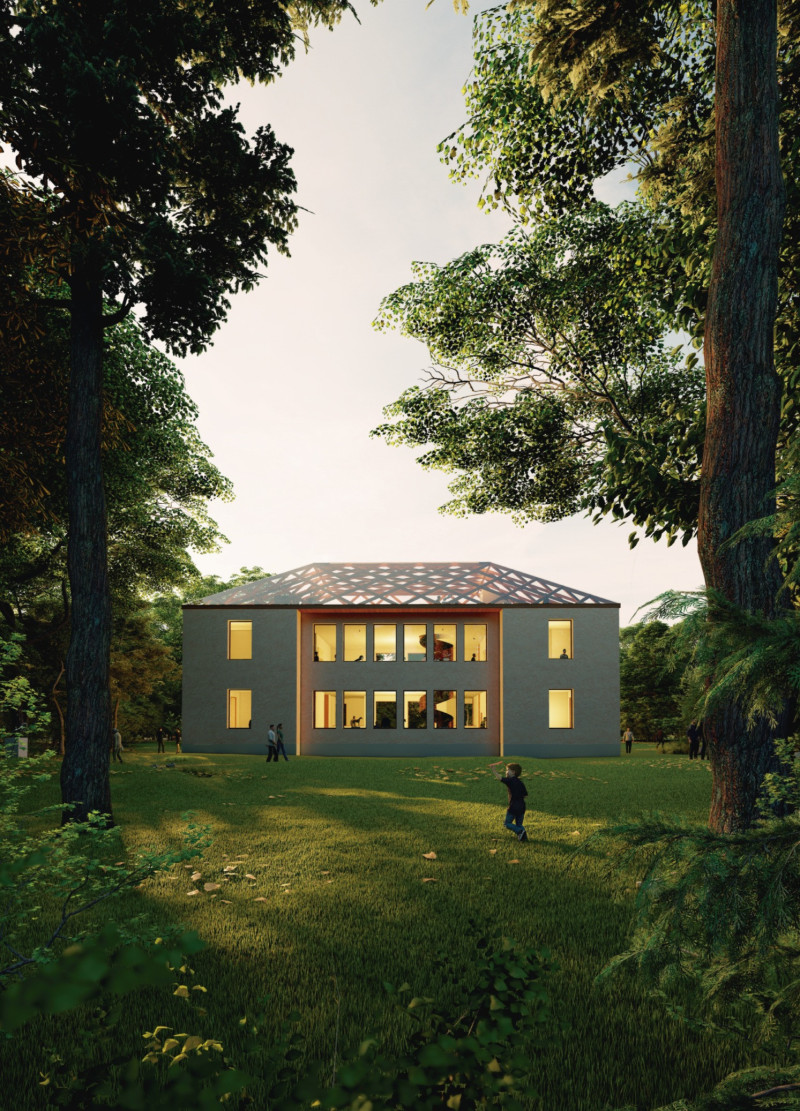5 key facts about this project
The core concept behind the museum is to create an immersive experience that harmonizes architecture with the environment. This is achieved through a layout that encourages movement and interaction, guiding visitors naturally through the space. Upon entering, visitors are greeted with distinct zones that balance open exhibition areas with more intimate gallery spaces. Such spatial differentiation allows for a dynamic flow of traffic, accommodating various visitor groups and promoting a sense of community within the museum.
A notable aspect of the design is its emphasis on connectivity, with multiple access points that enhance visitor experience. Each entrance offers a different perspective of the building and its relation to the surrounding site, contributing to a sense of discovery and engagement right from the moment of arrival.
The design embraces the theme of equine culture in every detail. The building’s form and materials reflect traditional craftsmanship while incorporating modern techniques for structural integrity. Extensive use of wood throughout the project provides warmth and a tactile quality, inviting visitors to engage with the space more naturally. Large glass windows are strategically placed to bring in ample natural light, further blurring the boundary between the interior and the lush exterior landscape. This thoughtful application of materials not only aligns with contemporary sustainable practices but also echoes the graceful yet powerful nature of horses.
Interior spaces are meticulously designed to foster an interactive experience. The layout leads visitors through a series of exhibits that highlight the relationship between humans and horses, with areas dedicated to educational resources and community gatherings. The incorporation of a central sculptural element adds a layer of engagement, acting as both an artistic feature and a navigational guide within the space.
Sustainability is another fundamental consideration in this project. The use of energy-efficient materials and systems reduces the environmental footprint while ensuring the museum remains comfortable and inviting year-round. The architectural form has been carefully crafted to optimize energy use, maximizing natural light and ventilation to create a pleasant atmosphere for all who visit.
The Omui Museum of the Horse stands as a testament to a successful integration of various architectural considerations—functionality, aesthetics, sustainability, and cultural significance. Its design encourages visitors not only to view exhibits but to form connections with the themes presented, creating a lasting impact.
To explore the full potential of this architectural design, readers are encouraged to delve into the accompanying project presentations. A thorough examination of the architectural plans, sections, and design ideas will provide further insights into the intricate details and thoughtful design strategies employed in this unique museum project.


























